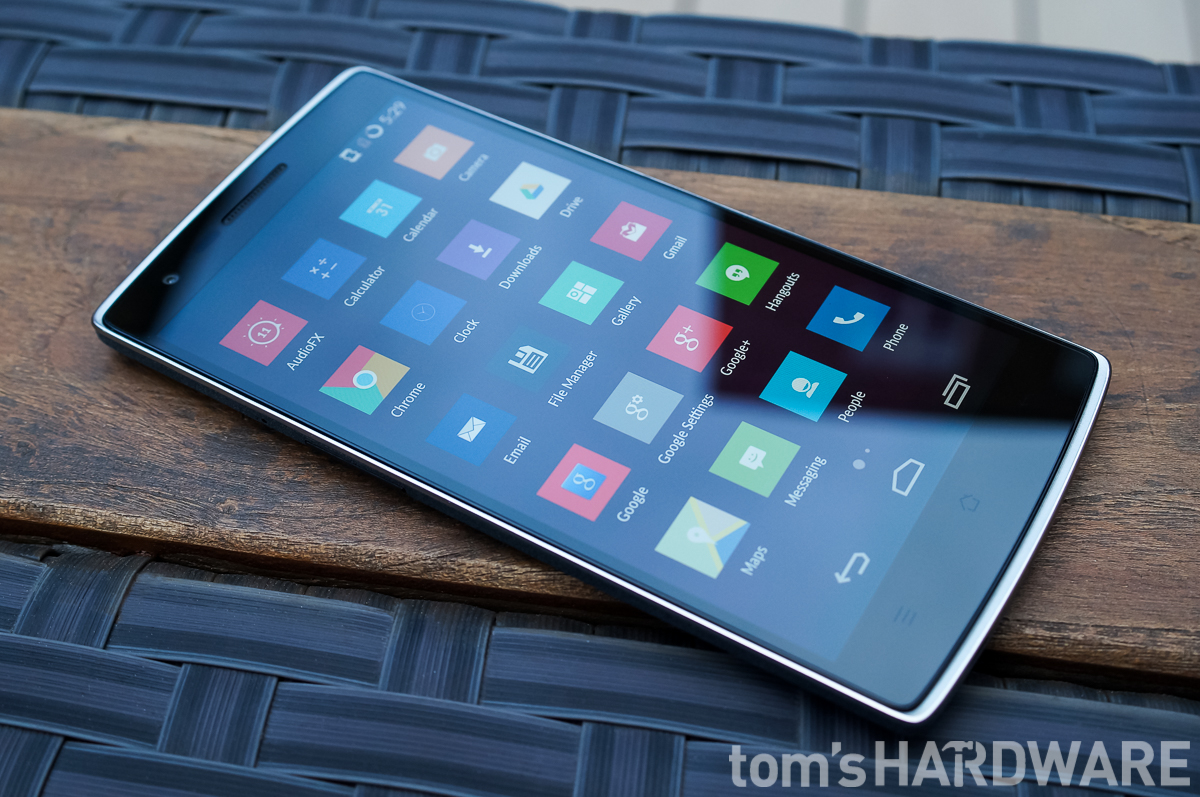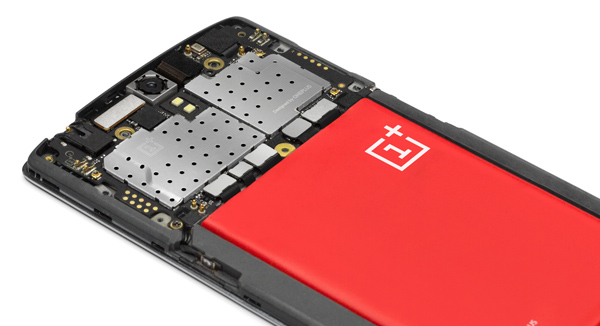OnePlus Interview: What Comes After One?
Producing The OnePlus One
TH: So the OnePlus One has been pretty popular. Has production been able to keep up with demand?
CP: Production is ramping up a lot. I think it’s near parity with demand, but it’s always really hard to tell. For us, we still have to always keep it in the back of our mind that if we have a little bit more inventory than what we can sell, then that will become a direct loss for us because we don’t have a lot of margin on the product itself. So if we have to discount the product, then we’re going to lose money on each product we sell. We still have to be conservative and make sure that our supply never exceeds the demand.
TH: Did you, as a startup, experience any manufacturing issues as you began to ramp up production?
CP: We had some issues. For one, we had issues with our StyleSwap back covers that we announced before we launched the phone. We said users would be able to choose from bamboo wood and kevlar [and denim], but in the end we only released bamboo and only very limited quantities. It was really hard to produce the back covers with an acceptable yield rate. Our yield rate is only around 30%, so that means that for every one hundred we make we can only sell around thirty. The main problem is that our antennae design is inside the back covers, and our NFC antennae is actually there, so it’s been pretty hard to manufacture this. What else? On the Silk White version we released it in larger quantities recently, but in the very beginning we had a small batch of these units available. The first batch we had was kind of like this but white [points to black version of OnePlus One], but the batch we’re selling now has a dot that sticks out of the phone. This means that if you put it on a flat surface, this dot will actually tilt the phone upwards a little bit so you won't scratch the back. So we’re always making small adjustments to manufacturing. In addition, we also include a nanoSIM adapter in the package now, whereas we didn’t before. This is based on user feedback. We also noticed that a lot of people had problems with figuring out what’s the right way to put in the SIM card because it almost fits both ways. So now we’ve redesigned our sticker that’s on the phone with clear instructions on how to put the SIM card in.
TH: So, a lot of people have had issues with touchscreen sensitivity, and I know there’s been several software updates to address this. Has this finally been solved and what was the root cause?
CP: The root cause I think was that we weren’t agile enough. We didn’t see this as a big problem in the beginning. It took us a few weeks before we started noticing more and more people having this problem. Back then, it happened to all phones. As soon as you started typing quick enough there would sometimes be ghost swipes. So when we escalated this to be a high priority issue, we started communicating with our touchscreen driver provider Synaptics, and we started working on revisions. There’s been a few revisions. The latest one is pretty good, but in some edge cases it can still happen, so we’re actually still in communication with them. But after the latest update, we noticed that most of the users—the vast majority—have no problems. People experience it to be much more responsive.
TH: A lot of phones use Synaptics. Why do you think you had more trouble? Was it because you didn’t have the experience, this being your first phone?
Get Tom's Hardware's best news and in-depth reviews, straight to your inbox.
CP: I think it’s because our engineers are based in China and we actually had no feedback about this from China [users]. It’s because, when you type in Chinese you don’t need to type that fast, because it’s a 3x3 [grid]. There’s only nine buttons when you type. It’s not like English where you have to type 26 characters. So I think that’s the reason we received no feedback from our users in China about this, and in the beginning, China had much more momentum than our global markets. So I think this is the main reason.
Current page: Producing The OnePlus One
Prev Page Origins Of The OnePlus One Next Page Marketing The OnePlus One-
realjjj For the second phone how they should let the community decide based on price and specs. So you list major parts and a close enough price (including the margins) for everything and everybody can choose while factoring in the total. They might end up with 720p and 6GB of RAM but at he very least it will help them understand what users value and quantify that value.For battery size and scree they could also include device thickness.Reply
Just letting users suggest specs without them understanding the cost for each is pointless, doesn't really help the users or OnePlus.
Or you know, they could just take a Sharp Crystal X, reduce the chin by 40% add a bit of their own design style and be done with it since nobody else is doing it. -
whiteodian I bought my wife a OnePlus so she could jump ship from her overpriced carrier and she loves. She came from an iPhone 4S. The size is a bit unwieldy. I think my Nexus 4 is perfect, but maybe 5" would work. Hopefully the Two will have 2 sizes :D I'd also love an FM radio, but it is doubtful. I know, I know, it is 2015 and I want an FM radio in my phone. I have to carry around a separate device to listen to my favorite show when I walk the dog. Go OnePlus... errr TwoPlus!Reply -
army_ant7 After reading this interview, I can say that...I like this guy...with what he portrayed:Reply
transparency (acknowledging/sharing plans, fears, problems, and mistakes),
insight (being very explanatory and seeming well-learned e.g. doing his research and just plain smart/clever),
and others.
Though after reading the TH review of this phone and seeing that it's less than perfect especially in some departments, reading this interview raises my opinion of and buying interest in it.
Good job to both him (Carl Pei) and the interviewer (Matt Humrick)! -
Techy Nicky Looking forward to seeing how this phone performs as compared to the other popular smart phones on the marketReply

